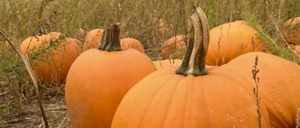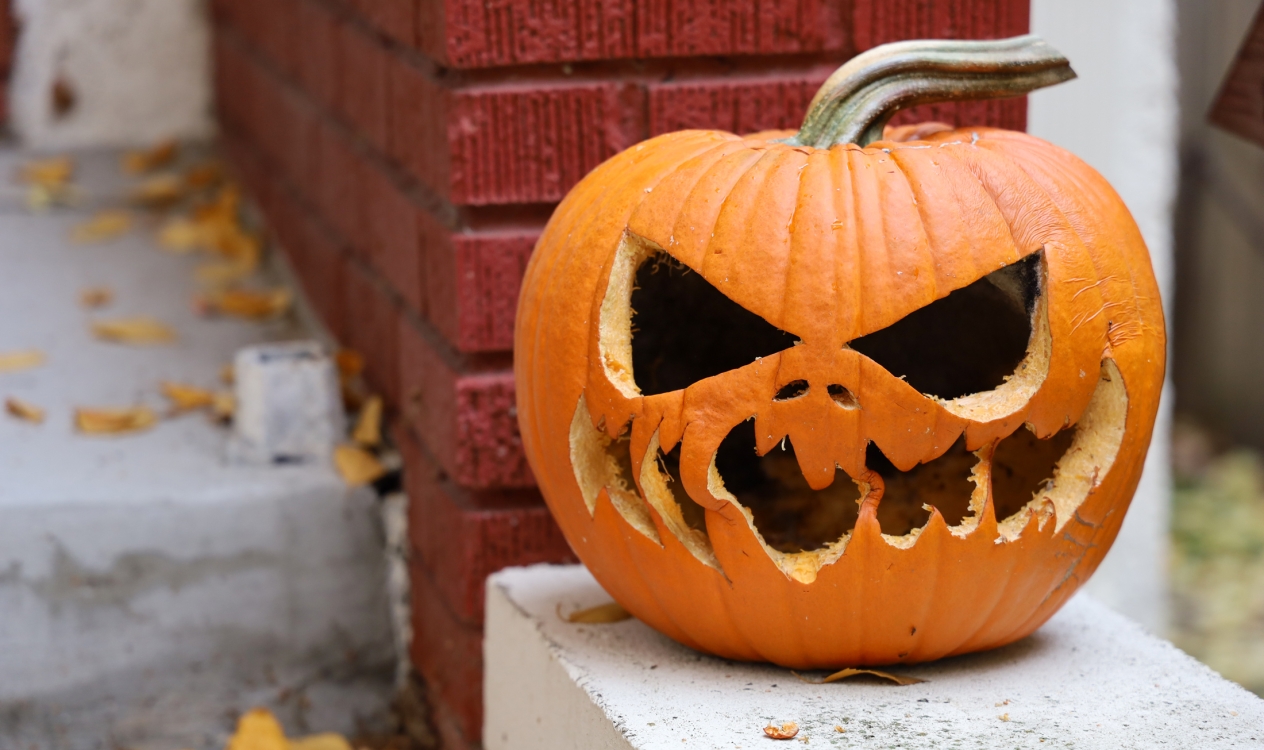When Halloween has come and gone and your jack-o-lanterns start to droop, you may feel tempted to toss them in the trash. In fact, most of the 1 billion pumpkins the United States produces each year make their way to the landfill. However, there are more sustainable ways to dispose of your Halloween pumpkins that can benefit local farmers.
Your jack-o-lantern or doorstep decoration provides a great source of animal feed. Plenty of livestock can eat pumpkins and benefit from the vitamin E, A, protein, and fiber in these fruits.

Several local farms in Minnesota accept Halloween pumpkins as a source of food for their livestock. You can find some of these farms listed through Pumpkins for Pigs, an organization that helps get pumpkins and other food scraps to farmers to feed their animals.
Clover Field Farms in Isanti has been a part of Pumpkins for Pigs for the last three years and uses leftover pumpkins to feed its flock of 89 sheep.
“They love it because it’s like a big treat to them,” said Kate Blanchard, owner of Clover Field Farms. “They’ll eat the whole thing except the top stem.”
Anything the sheep don’t eat gets composted on the farm to grow plants and amend the farm’s soil, so nothing goes to waste.
Whole or carved pumpkins and even decorative gourds offer a great source of nutrients for pigs, chickens, goats, sheep, and cows.
“The secondary benefit of feeding livestock is great because there was energy, electricity, and effort being put into those pumpkins,” Blanchard said. “They’re enjoyed for Halloween, and then what? This is a better way to reuse that energy by helping us grow food.”
You can drop your pumpkins off at Clover Field Farms now until the week after Halloween in a designated container near the road. If you can’t make it to Isanti, use the Pumpkins for Pigs farm locator to find a farm accepting pumpkins near you.
If your Halloween pumpkin doesn’t end up as animal feed, compost it.
Pumpkins that end up in landfills have a hard time breaking down because landfills function to store material and don’t have much oxygen to allow organics to decompose properly. When organic materials don’t have enough oxygen to break down, they release methane gas, a greenhouse gas that is harmful to the environment.

Remember first and foremost that pumpkins can be treated as food waste. Composting provides the best way to manage your Halloween pumpkins and divert them from the trash. Pumpkins can be placed in backyard composting bins or at composting facilities that manage yard waste.
Typically, yard waste facilities do not accept food waste, but they do make an exception for pumpkins. The MPCA’s Composting Facilities Map indicates where you can drop off your pumpkins and other yard or food waste.
Not every community has easy access to curbside organics collection, but if you’re interested in these management methods, check your county’s or city’s solid waste resources information to see what is available to you.
When you’re ready to compost or donate your pumpkin, make sure it is free from glue, stickers, lights, candles, glitter, paint, or wax. It can’t be composted if it still has decorations. If you can, break down your pumpkin into manageable sizes depending on your disposal method. It’s also good to call ahead to see if your local farm or composting facility accepts leftover pumpkins.
Whether you compost or donate your Halloween pumpkin to local livestock, you’re doing your part in diverting food from ending up somewhere spooky like the landfill.
